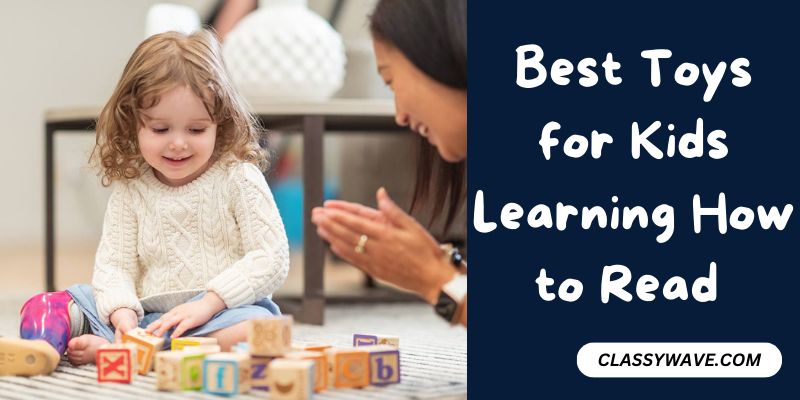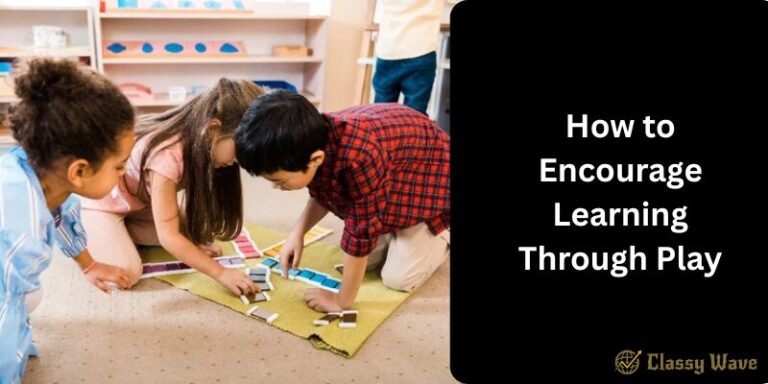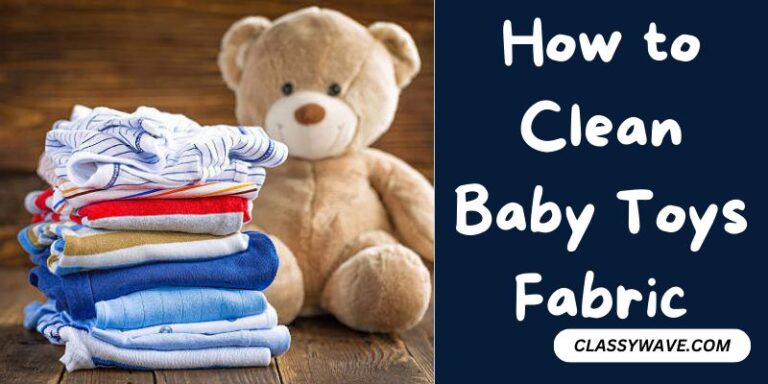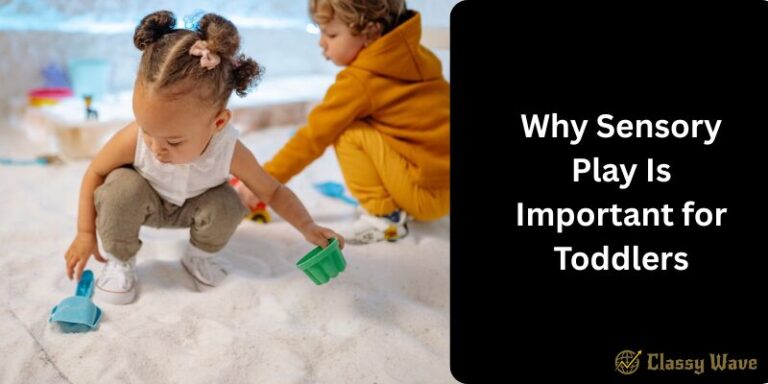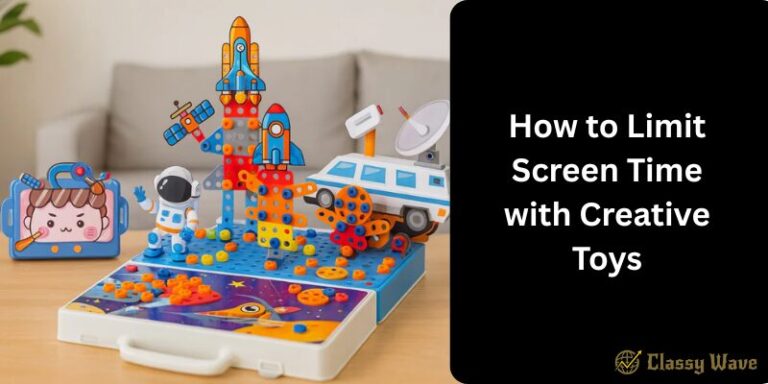Best Toys for Kids Learning How to Read – Unlock Literacy Fun
In the enchanting realm of childhood, where curiosity blossoms and imagination soars, the literacy journey is a pivotal adventure. As parents and educators seek innovative ways to cultivate a love for reading, the role of educational toys becomes increasingly significant.
The quest for the best toys for kids learning how to read is not merely about play but about unlocking the magical world of words. In this exploration, we delve into a curated selection of toys designed to engage young minds in the fascinating world of literacy.
From age-appropriate designs to interactive features that captivate, these toys go beyond mere entertainment; they serve as companions in the discovery of language. Join us on this exciting journey as we unveil the wonders of educational play, spotlighting the best tools to ignite a child’s passion for reading and set them on a path of lifelong learning.
Characteristics of Effective Learning Toys
When searching for the best toys to aid in reading development, certain characteristics should be prioritized. These include age-appropriate design, interactive features, educational content, and safety considerations.
Benefits of Learning Toys for Reading
Educational toys offer a myriad of benefits, such as fostering early literacy development, expanding vocabulary, and enhancing cognitive skills. Understanding these advantages can help parents make informed choices.
Types of Educational Toys for Reading
From phonics-based toys to interactive books and electronic learning devices, the market offers a diverse range of options. Exploring the different types allows parents to tailor choices to their child’s specific needs and preferences.
Popular Brands and Products
Recognized brands like LeapFrog, Melissa & Doug, VTech, and Fisher-Price have consistently produced quality educational toys. Delving into their offerings can provide a starting point for parents seeking reliable options.
How to Choose the Right Toy for Your Child
Factors such as age appropriateness, individual learning preferences, parental involvement, and reviews should guide the selection process. Tailoring choices to a child’s unique characteristics ensures optimal engagement.
DIY Learning Activities
In addition to store-bought toys, parents can engage children with homemade activities like sight word games, alphabet crafts, and reading-oriented scavenger hunts. These DIY options add a personalized touch to the learning experience.
Tips for Incorporating Learning Toys into Daily Routine
Establishing a dedicated learning time, balancing screen exposure, encouraging cooperative play, and celebrating milestones are essential aspects of seamlessly integrating educational toys into a child’s daily routine.
Addressing Common Concerns
Common worries such as screen time, costs, and striking a balance between play and education are addressed. Understanding and navigating these concerns contribute to a more informed and confident parenting approach.
Success Stories and Testimonials
Real-life success stories from parents and findings from academic research emphasize the positive impact of educational toys on a child’s reading journey.
The Future of Educational Toys
As technology evolves, so do educational toys. Exploring the future landscape involves understanding technological advancements, integration with artificial intelligence, and emerging trends in the industry.
Inclusive Learning Toys
The importance of inclusive learning toys that cater to diverse needs, including those of children with special requirements, is highlighted. Creating an inclusive environment promotes equal opportunities for all children.
The Role of Parents in the Learning Process
Active parental participation, combined with creating a positive learning environment, significantly contributes to a child’s success in utilizing educational toys for reading development.
Conclusion
In conclusion, the quest for the “Best Toys for Kids Learning How to Read” unveils a world of possibilities for parents and educators alike. These educational tools serve as more than just playthings; they are key allies in shaping a child’s literary journey. From fostering early literacy development to expanding vocabulary and enhancing cognitive skills, these toys play a pivotal role in laying a strong foundation for a lifelong love of reading.
As technology advances, the future promises even more innovative and interactive learning experiences. In the dynamic landscape of educational toys, parental involvement remains paramount. By actively participating in a child’s play and creating a positive learning environment, parents contribute significantly to the success of these tools.
Ultimately, the diverse array of choices empowers parents to tailor the learning experience to their child’s unique needs, ensuring a fulfilling and enjoyable exploration of the world of words.
FAQs
What age is suitable for introducing learning toys?
Introducing learning toys can begin as early as infancy, with age-appropriate options tailored to stimulate a child’s senses.
Are electronic learning devices safe for young children?
Yes, when used in moderation and with age-appropriate content, electronic learning devices can be safe and beneficial for young children.
How can parents assess the effectiveness of a learning toy?
Observing a child’s engagement, monitoring developmental milestones, and seeking feedback from educators can help assess the effectiveness of a learning toy.
Are DIY learning activities as effective as store-bought toys?
Yes, DIY learning activities can be highly effective, offering a personalized touch and fostering creativity in children.
What should parents consider when choosing educational toys for special needs children?
Consideration should be given to the specific needs and preferences of the child, with a focus on inclusive and adaptable features in educational toys.

